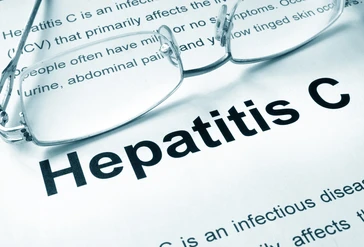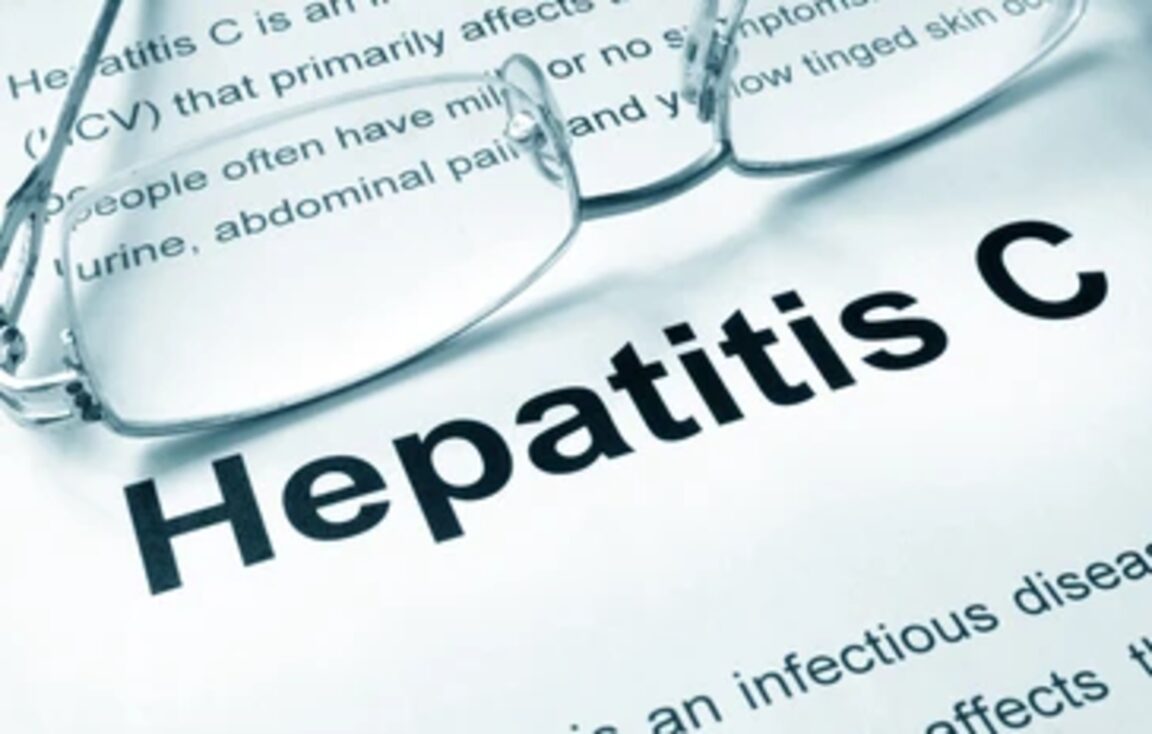
Chandigarh: Punjab‘s young, unmarried men are disproportionately at risk for Hepatitis C primarily due to the widespread use of injecting drugs and substance abuse, including alcohol, opium, and marijuana. Conversely, married women have higher infection rates, indicating possible transmission through spouses or unsterilised medical equipment during childbirth in non-institutional settings.
These findings emerged from a study conducted by researchers from the William J Clinton Foundation, India, and the Clinton Health Access Initiative, Boston, Massachusetts, USA, in collaboration with experts from the Postgraduate Institute of Medical Education and Research, Chandigarh, and the Punjab health department. The study aimed to identify the primary risk factors for HCV transmission in Punjab and assist the state in tailoring its screening services.
Punjab’s anti-HCV antibody prevalence is estimated at 0.56 per cent, significantly higher than the national average of 0.32 per cent. The study was conducted across 10 of Punjab’s 25 HCV treatment facilities, selected based on having the highest number of anti-HCV positive patients over the past five years.
A sample size of 2,300 individuals, including 1,361 males and 997 females, all above the age of 18 years and undergoing HCV screening, was chosen.
Among the participants, 1,763 tested positive for HCV antibodies, while 595 tested negative. The age of participants ranged from 18 to over 60 years old.
The strongest behavioural risk factor associated with anti-HCV positivity was a history of injecting drugs, with 95% of 325 individuals who had ever injected drugs testing positive.
People who reported sharing drug paraphernalia or needles with friends or family were significantly more likely to test positive compared to those who did not engage in these behaviours.
Other factors linked to a higher risk of testing HCV positive included a history of incarceration, with 89% of 153 participants who had ever been incarcerated testing positive.
Additionally, 91 of 115 individuals who used acupuncture services, 177 of 201 participants with a household member who had been incarcerated, and 366 of 430 individuals with tattoos tested positive.
Receiving injections from unregistered medical practitioners was another risk factor, with 709 of 914 individuals in this category testing positive.
Further risk factors included having a household member who has or had HCV and receiving injections in public hospitals.
The analysis of risk factors associated with anti-hepatitis C virus (HCV) positivity among men compared to women showed that the proportion of men testing anti-HCV positive decreased with age.
Unmarried men were at significantly higher risk, with 274 out of 310 (88 per cent) testing positive, compared to 75% of married men.
Among men, the strongest risk factor was a history of injecting drug use (96 per cent), though receiving injections from public hospitals or unregistered medical practitioners (85 per cent) also contributed significantly to positivity.
Other statistically significant factors included acupuncture use (86 per cent), a history of unnatural sex (96 per cent), having a household member who has or had HCV (91 per cent), and a history of incarceration (88 per cent).
In contrast to the patterns seen in men, positivity among women was highest in those who were 31-40 years (76 per cent) and lowest in women aged 18-30 years (61 per cent), and unmarried women had a significantly lower risk of positivity (52 per cent) when compared with married women (69 per cent).
The age-wise analysis of risk factors showed that for respondents under 50 years of age, injecting drug use was the top risk factor, with 304 out of 316 (96 per cent) at higher risk.
Other significant factors included a history of incarceration (117 out of 130), having a household member who had been incarcerated (322 out of 371), and having a tattoo (331 out of 379).
For respondents aged 50 and above, the leading risk factors were acupuncture use (86 per cent), receiving injections from unregistered medical practitioners (76 per cent), a history of incarceration (83 per cent), injections in public hospitals (72 per cent), having an HCV-positive household member (78 per cent), a history of hospitalization (72 per cent), and surgery (75 per cent).
The study titled “A Cross-Sectional Study to Identify Risk Factors for Hepatitis C in Punjab, India” was conducted by Roli Tandon, Caroline E Boeke, Siddharth Sindhwani, Umesh Chawla, Parag Govil, Oriel Fernandes, Yuhui Chan, Pinnaka Venkata Maha Lakshmi and Gagandeep Grover. Its findings have been published in the Indian Journal of Public Health.
To combat Hepatitis C in Punjab, researchers have strongly recommended a multi-faceted approach that strengthens harm reduction programmes through comprehensive and targeted initiatives.


